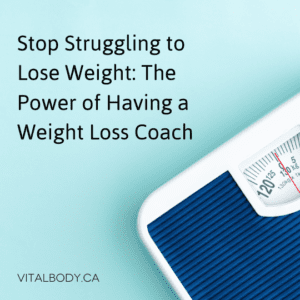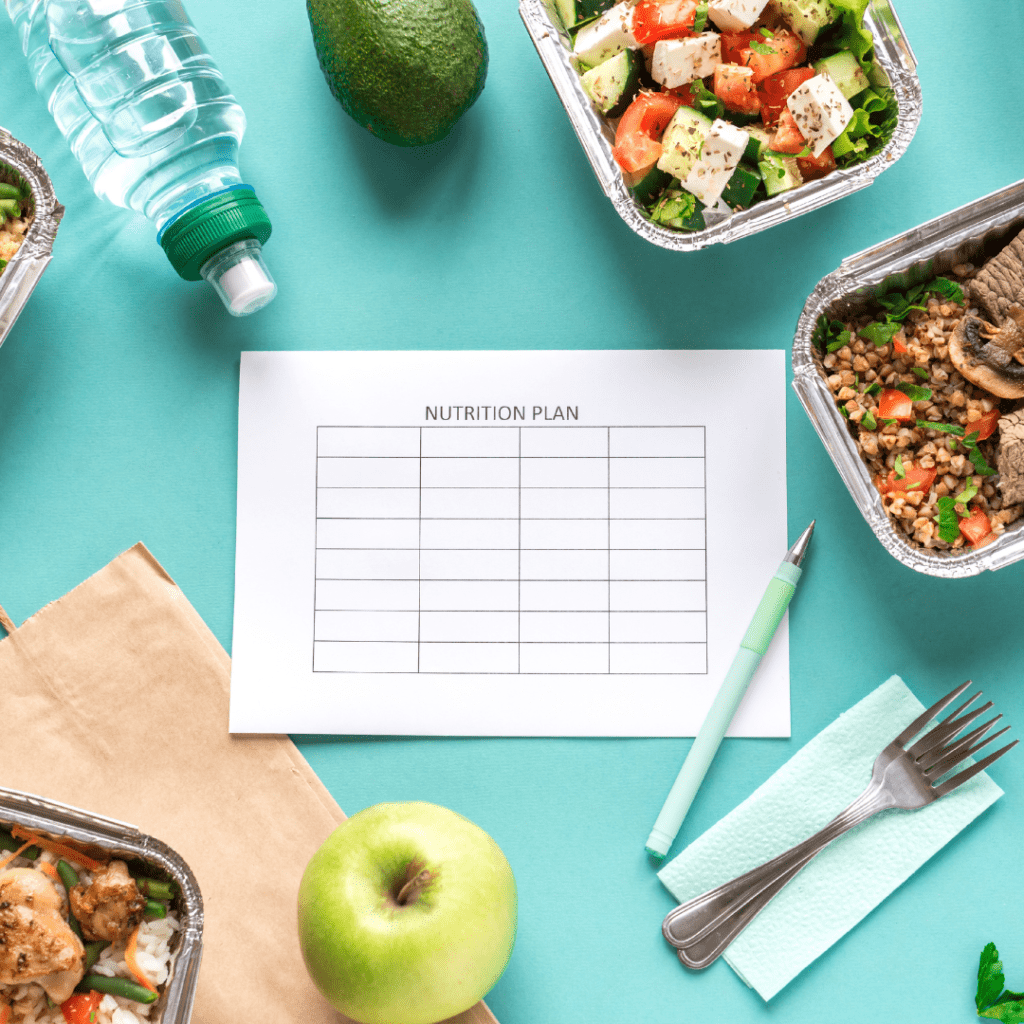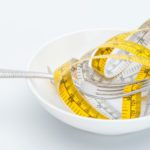The mystery of fat gain explained.
More and more research is showing that weight gain, and weight loss, is connected to insulin production. For a long time, it seemed that this was not well-known information and people who had weight issues were often viewed as having low will power. We know better now. The secret of insulin and glucagon has been revealed more and more to the general public, not just in it’s relationship to diabetes, but it’s connection to a wider epidemic – obesity.
Let’s start with Insulin. Insulin is a hormone that is produced by the pancreas. It’s a lovely hormone and when functioning as designed, it keeps your blood sugars stable. Many cells require insulin to access glucose from the cells in your body. Insulin becomes present in the body when we ingest foods that spike this hormone – a chemical reaction occurs. The glycemic index was developed to track the production of insulin and how it correlates with high-sugar foods, whether these be man-made foods or naturally sweeter whole foods like carrots or fruits. Many diabetics follow the glycemic index and our very own weight loss program takes it into account.
Guess what else this super hormone is in charge of? It’s also in charge of storing fat.
Here’s how that works in the case where a person is gaining weight. Insulin will be excreted by the body to deal with sugary-foods (healthy and unhealthy ones as mentioned above). Your body will take all the glucose it needs out of the foods you eat to feed your cells for proper metabolic function. All good right? Absolutely. But now, you’ve eaten more than your body needs for it’s basic function and it’s got excess glucose to process. Insulin will redirect these excess calories into adipocyte tissue, aka fat cells, and lock them in for an emergency situation. In our relatively safe culture, there is almost no use for emergency fat!
Here’s the good news. Glucagon.
Glucagon is the counter-hormone to insulin. It actually redirects fat for energy use and does not go into storage mode. In fact, when glucagon is present in the body, it will allow the body to open the fat cells, empty them and use the content for energy. In other words, it’s the key to the locked fat cells.
This table is a very comprehensive look at these two master hormones.*
INSULIN GLUCAGON
Lowers elevated blood sugar……………Raises low blood sugar
Shifts metabolism into storage mode…Shifts metabolism into burning mode
Converts glucose and protein to fat….Converts protein and fat to glucose
Converts dietary fat to storage………Converts dietary fats to ketones and sends them to the tissues for energy
Removes fat from blood and cells transports it into fat cells….Releases fat from fat cells into the blood for use by tissues as energy
Increases the body’s production of cholesterol ……Decreases the body’s production of cholesterol
Makes the kidneys retain fluid ……………Makes the kidneys release excess fluid
Stimulates the growth of arterial muscle cells ……Stimulates the regression of arterial smooth muscle cells
Stimulates the use of glucose for energy ………..Stimulates the use of fat for energy
On our weight loss program dieters are simply following a daily food plan and really, have no idea of the amazing implications that eating a low-glycemic diet can have on the body – beside of course the most obvious of all, losing weight and literally transforming the look and feel of the body. Because the science behind the Ideal Protein Weight Loss Method (the diet we administer at Vital Body here in Vancouver) takes into account these hormones, among many other metabolic functions, dieters have a chance of repairing the way their blood sugars are reacting from years of bad eating habits that may have not been conducive to the proper functioning of insulin and glucagon. This is a major bonus and a huge win for longevity, vitality and overall health.
Tips to reduce fat gain.
Whether or not you do our diet, here are some things to consider for managing your blood sugars. Please note, this is not intended to replace any medical advice whatsoever.
- Increasing low glycemic vegetables, ideally to 4 cups per day (2 at lunch, 2 at dinner) is always a good idea. Examples include: bell peppers (all colours), kale, broccoli, asparagus, cauliflower, spinach, turnip, collards, mushrooms, zucchini, and many more.
- Go to protein more often than not. Protein satiates and our bodies need it to stay vital. Keep in mind, there is protein in broccoli, but you will still need other higher sources of protein throughout the day. If we ate more protein, as a society, we would generally need less carbs and sugars for fuel and possibly put Starbucks out of business.
- Ideally, one would eat 3 meals, and 3 snacks per day. This would keep insulin ticking evenly throughout the day and would not cause afternoon drops and hunger pangs. Another tip: eat more protein based foods for snacking, like a hard piece of cheese or some nuts.
- DO NOT SKIP meals. Ever. Skipping meals is the perfect formula for wacky insulin spiking and also for fat storing! Carry a reliable, high quality meal replacement on you if you are at risk of skipping a meal. We have amazing meal replacements available at Vital Body.
- Drink plenty of water. We recommend a minimum of 2 litres a day. Often, when we are simply thirsty, we think we are hungry!
Our mandate at Vital Body is to educate our dieters on the basic metabolic functions of the body so that they can independently make educated every-day food choices that equal a healthy (and pleasurable) lifestyle.
Amrita Ahuja
Clinic Director
Vital Body Weight Loss Centre
*References: “The relationship between insulin and glucagon in the pathogenesis of “Syndrome X””, by Michael P. Ciell, R. Ph., Chief Science Officer & Vice President of Clinical Operations Ideal Protein













1 Comment.
Nice and easy explication of these two hormones and how we store /release energy! I might read it twice.